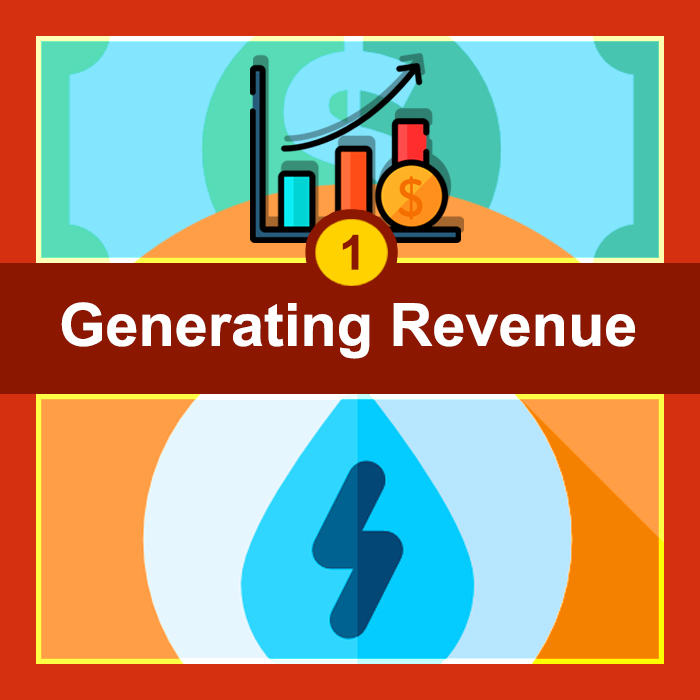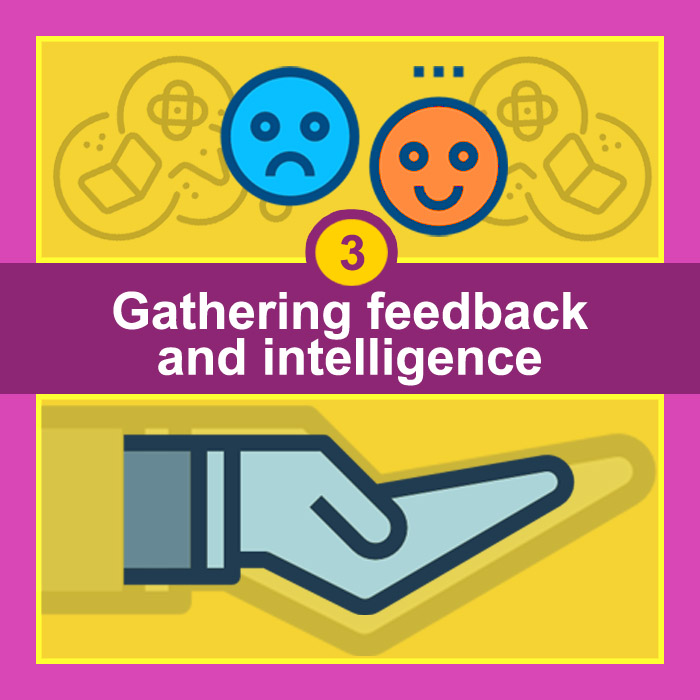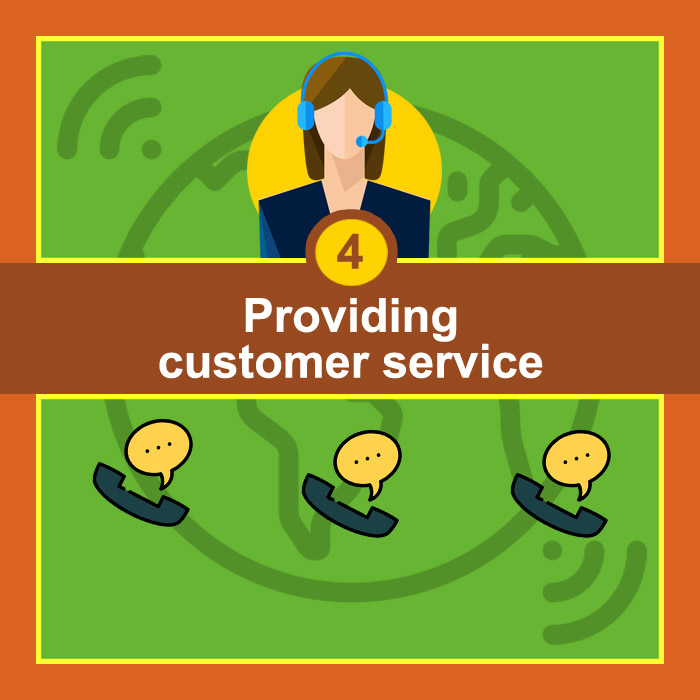We all know that the B2B buying process is changing. It’s becoming increasingly nonlinear, with more decision-makers and touchpoints involved along the way. Prospects are now engaging marketers much later in the buying cycle, well after thoroughly researching and narrowing their options. That’s why, in today’s buyer-led purchase process, most marketing activities are extending into functions and roles traditionally not within their scope.
Lead generation is one such marketing area where we’re seeing some significant shifts in how it’s being used. Decades ago, lead generation meant collecting potential buyers’ names and contact details to be passed on to sales. Today, lead generation is part of a robust process of building trust and capturing interest. With this new focus, the lead generation now plays a number of new roles in the marketing process, which include:
#1. Generating revenue

Contributing to sales is still the main goal that lead generation tries to achieve, but there’s a stark difference between the way that marketers use lead generation for revenue production today than in the past. It’s no longer enough to just call or email as many prospects as humanly possible in order to qualify leads to eliminate those that are not qualified or book appointments for sales teams. There’s now a strong focus on the quality of leads among a majority of B2B marketers.
Lead generation today makes use of insights and intelligence to engage prospects through targeted conversations rather than through cold calls. It’s about doing personalized outreach to build and nurture relationships with prospects before transferring them as opportunities to sales.
Let these guides help you in generating more revenue:
- How to Reach C-Level Decision Makers and Boost B2B Sales
- Introducing: The Ultimate Lead Generation Kit To Jumpstart your Business!
- 5 Questions Leads Ask Themselves Before Buying
- Better Content Means Better Leads: Make the Most Out of It
#2. Driving awareness and interest
ration. There was always an epic battle between these two activities for priority on the marketing budget or the marketing to-do list. Marketers had to choose one over the other. Marketers simply couldn’t have their cake and eat it, too.
But today, marketers also use lead generation strategies to boost the results of brand awareness initiatives. Insights from inbound lead generation campaigns help marketers craft more compelling and relevant content for raising awareness. Outbound lead generation programs meanwhile provide a direct and targeted way for you to create and leave an impression on your desired audience.
Let these guides help you in boosting your branding presence:
- 10 Things Only B2B Brands with Solid Global Reach Can Understand
- How NOT to Market your Product: 9 of the Worst Branding Failures
- Precision Engineering Company Executes Precise Rebranding with Callbox
#3. Gathering feedback and intelligence

The tools and techniques used in lead generation also work well for gathering feedback and doing market research. Telemarketing, for example, has proven to be an effective channel for carrying out market research, either as part of an ongoing campaign or as a standalone project altogether. Marketers often depend on this outbound lead generation tool for quickly gauging product reviews and customer feedback on a large scale.
Related: 6 Ways a SMART Telemarketing Platform Doubles Sales Productivity
Inbound lead generation channels such as websites and social media also serve as sources of feedback and insights. While conversion rate numbers for lead generation websites are hard to come by, there’s evidence that shows this type of website converts some 13% to 28% of traffic. That’s why marketers leverage websites to gather feedback through live chat or click-to-call numbers.
#4. Providing customer service

Somewhat in line with the above point, lead generation can and should be used to improve how a company provides customer service and support. Insights and feedback collected from different lead generation channels can help businesses address customer concerns and promptly resolve issues. Lead response tools (such as phone calls, emails, contact forms, social and live chat, for example) can serve as touchpoints for prompt customer support.
Also, content used in lead generation (such as blog posts, whitepapers, and videos) should include knowledge-based articles/materials that answer customer questions or fix common issues. To serve both a lead generation and customer role at the same time, it’s good practice to make your knowledge base as extensive as possible, covering practical ways to make the best use of your product or service.
Check out the original article at Callbox - The Savvy Marketer



